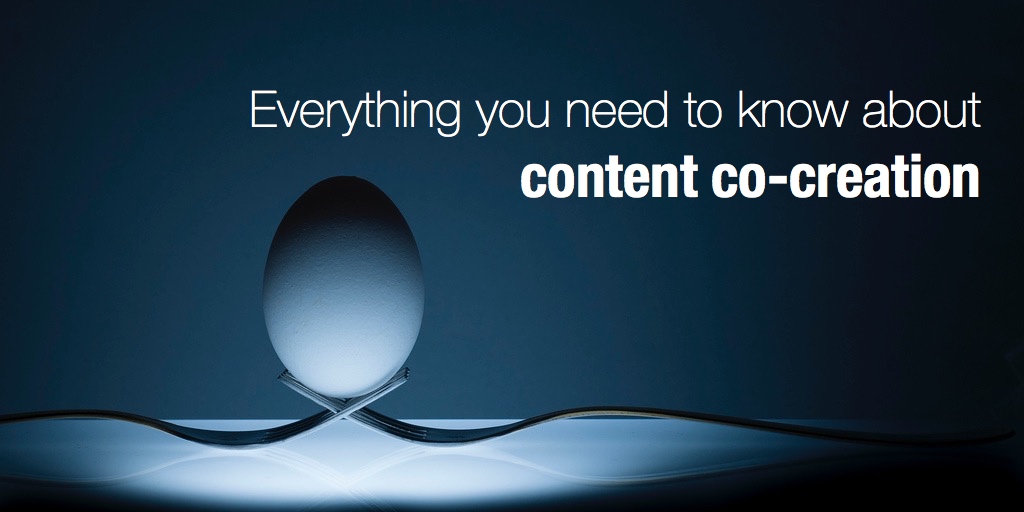
Creating engaging content is the biggest challenge content marketers face. It beats out time constraints, limited budgets and even staffing challenges.
That’s why we’re all constantly looking for ways to make content development easier. And if we can’t make it easier – or cheaper – we’re trying to make it more efficient.
If you’ve been looking for new ways to make more content, or to make it faster or more affordably, I’ve got good news. There’s a new content creation technique gaining steam. It appears to work really well. It’s called content co-creation.
Content co-creation is just what it sounds like: You co-create content with another party. That other party could be another company, or an influencer, or even a nonprofit or your own customers. You might create an ebook, or a video, or whatever – the content format doesn’t really matter.
There are some very prominent examples of content co-creation around. The first would be The Content Marketing Institute and Marketing Profs’ widely acclaimed Content Marketing Benchmarks Reports for the B2C and B2B marketers. These two reports are arguably the most cited and influential reports published in the content marketing industry.
They’re the very same reports that give us the data about how creating engaging content is marketers’ #1 challenge.
But it’s not just the reports that are influential. They’re published by two of the most prominent names in content marketing – The Content Marketing Institute and Marketing Profs. Neither of those companies is a newbie with content creation. They both have massive audiences, huge content creation engines, and more than enough experience to publish the reports on their own.
Neither of them would be doing content co-creation if it didn’t work.
Another very recent example of content co-creation is closer to home for us. It’s our own new ebook, co-published with HubSpot, Getting Started with Content Marketing.
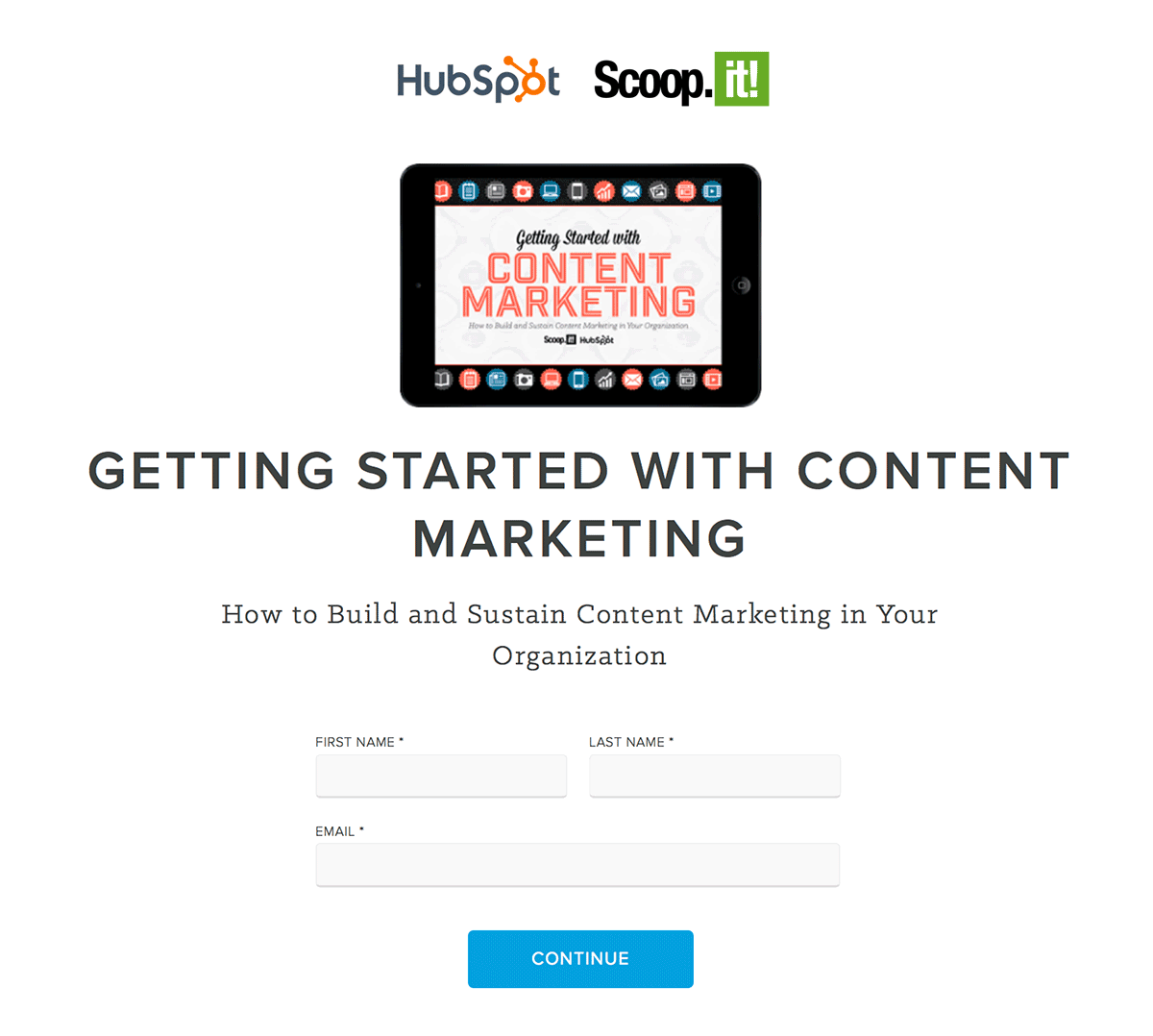
We recently gave content co-creation a spin ourselves with this new ebook we’ve just co-published with HubSpot.
Once again, we’ve got an example of a company with a massive content creation engine (HubSpot) still partnering with another, smaller, company – us! We might not have a whole floor of people creating content here at Scoop.It, but we’re proud of what we’ve been able to publish to date.
HubSpot already has a huge audience. They’ve got all the content staff they could need. Why is a company like HubSpot doing content co-creation? And if they’re doing it – should you be doing it, too?
The benefits of content co-creation
If all these content marketing powerhouses have started doing content co-creation, there’s gotta be something to it. Well, there is. Here’s just a few of the benefits:
- You gain access to your content partner’s audience in a way that advertising could never buy.
- You gain access to their content promotion engine – and all the tricks they use to make it work.
- You solidify a partnership or build familiarity between teams. It’s always good to have friends.
- You get to work with another content creation team, which means you might learn a few new tricks.
- It can be a gateway to a more comprehensive partnership, or for larger projects.
Co-creation as a pivot from influencer marketing
If all this reminds you of influencer marketing, you’re right. One of the most popular tactics of influencer marketing is to co-create content with the influencer. And so content co-creation could be influencer marketing, or it could just be partnering with another brand.
When our CEO Guillaume Decugis (an influencer in his own right) sat down with Ian Cleary (an even more influential marketer) they created a 45-minute piece of audio content. That content can now be shared with both of their audiences. Both of them benefit from the partnership.
Co-creation is the sister of sponsored content
What if one party of the content co-creation basically just funds the project? One partner has all the money, the other has the time and creative resources. Is that still content co-creation? Well, not so much, but we’re diving into the shades of grey among all the different ways two companies can end up creating content together.
Key examples of this might be how Econsultancy sponsored the annual Adestra email marketing report (https://econsultancy.com/reports/email-census/). Or how Act-On Software sponsored Ascend2’s 2015 Email Marketing survey. Both of those reports required quite a bit of research and preparation, plus the resources required to get 500+ marketers to answer a lengthy survey.
Here’s one way to make this work for you if you’re a small shop with strong content creation resources: Could you find a content sponsor? They might be able to fund your time and overhead to create some research you’ve been dying to do.
A content sponsor might also have the funding and/or contacts required to get articles about your research placed in major industry publications. They might even be able to place stories about your research in mainstream national publications. Those sorts of contributions are valuable. They might mean money never even needs to change hands.
Content co-creation and user-generated content
User-generated content isn’t always the first thing people think of when they think about content co-creation. But it deserves a place at the table. Why? Because with user-generated content (UGC as the cool kids call it), you are partnering with someone else to create content. You’re actually partnering with influencers, even though they might be micro-influencers.

Here’s Lee Odden’s Top Rank Blog asking readers to submit their questions to help Lee and his team shape their new resource guide. This kind of user-generated content is one of the many forms content co-creation takes.
Customers can absolutely be influencers. That’s one of the holy grails of marketing now – to make regular customers into “evangelists”. And if your evangelists want to create some content with you, all the better.
Content co-creation as a good ol’ marketing feud
Sometimes, it’s possible to throw out all the rules – marketing rules, business rules, even etiquette rules – and still win. That’s what Old Spice and Taco Bell did with their epic faux spat on Twitter a few years back. The two brands swapped swipes for several days, much to the delight of their followers.
The result of their friendly sparring got both companies a lot more shares and probably a bunch more followers, too. It worked because there was so much overlap between their audiences. And because the general tone of their marketing is in sync.
How to find ideal content co-creation partners
So if you want to move forward with something like this, who should you pick as a partner? Well, go for a partner that’s similar to your brand in the right ways, but different in the right ways, too. Here’s what I mean:
Look for these similarities:
- Do they have an audience you’d love to gain exposure to (or steal)?
- Does the tone of their content sync with yours?
- Do you like the content they’ve been creating?
- Is their content something your audience would like, too?
Look for ways you’re different:
- Are they good at a content format you struggle with (like video)?
- Are they strong on a social media platform you’d like to get a better footing on? Like YouTube or Pinterest or iTunes?
- Are their product or service offerings different enough that they’re not a direct competitor?
If they fit all those specs, you might have a content partner. Start talks slow and see if they’re interested in a partnership. Only move forward with a partner who’s enthusiastic about working with you.
What do you think?
Are you doing any content co-creation projects right now? Maybe considering it in the future? If you are, or if you’ve got a favorite content co-creation example that I didn’t mention here, give it a shout out in the comments.
And below is a very good example of a co-created eBook that will help you build and sustain a successful content marketing strategy!
Image by Flavio~

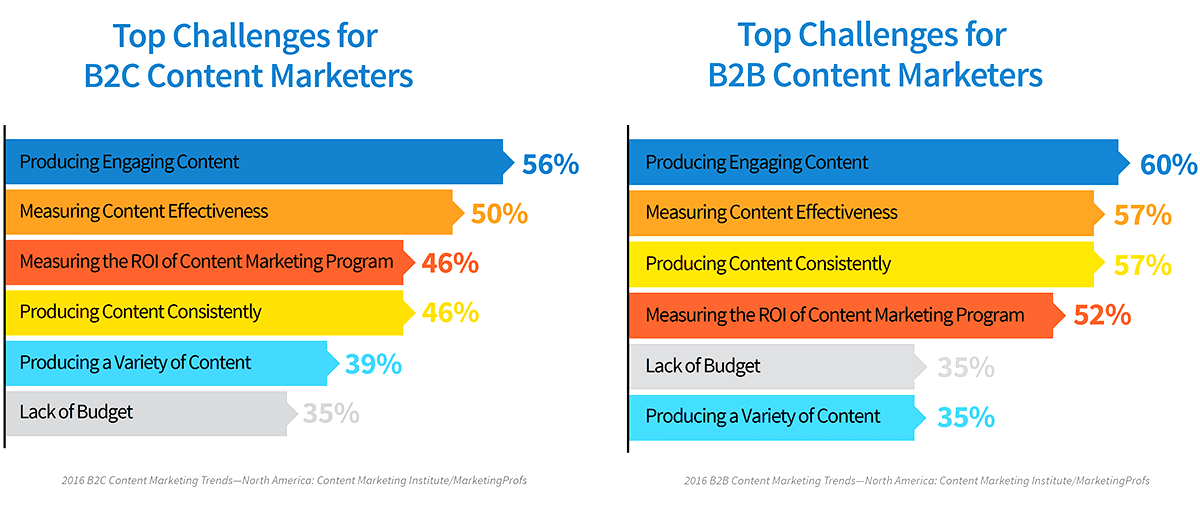
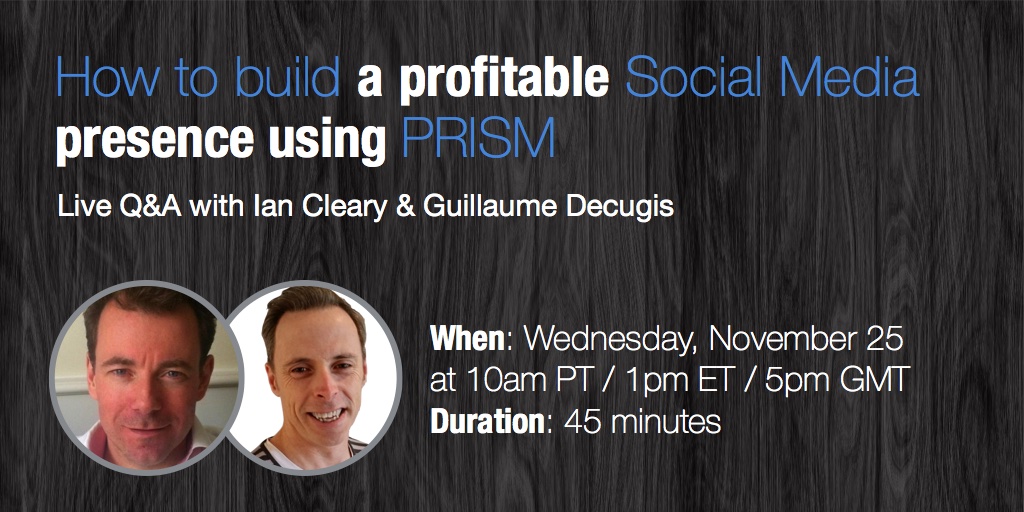
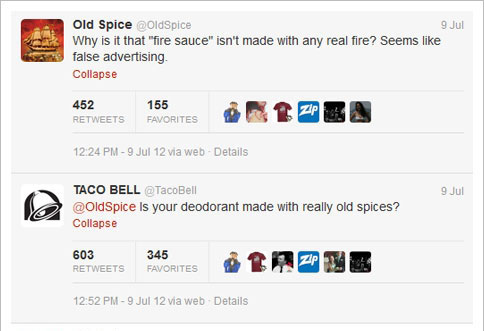
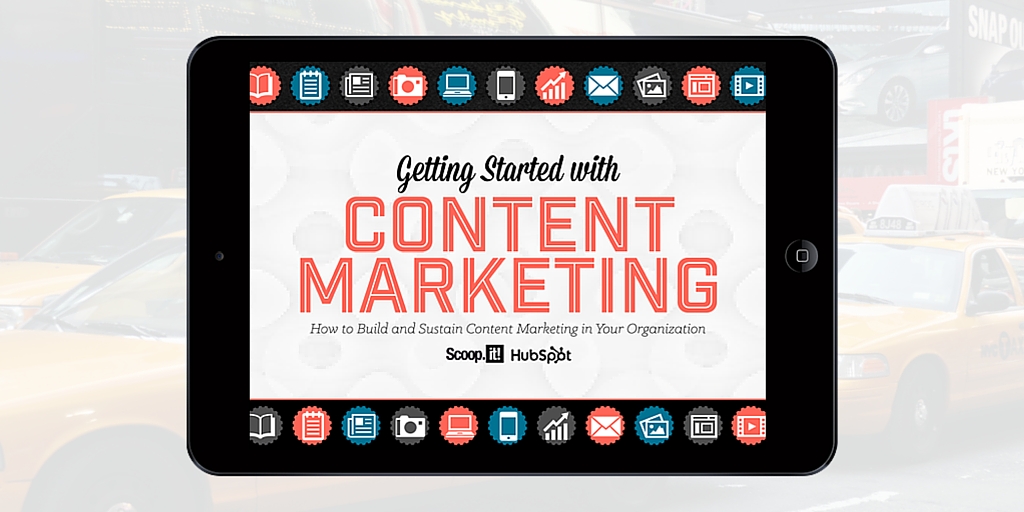

Creating something together gets people more interested and automatically encouraging brand loyalty.
http://www.assignmenthelpuk.com/custom-writing-services/